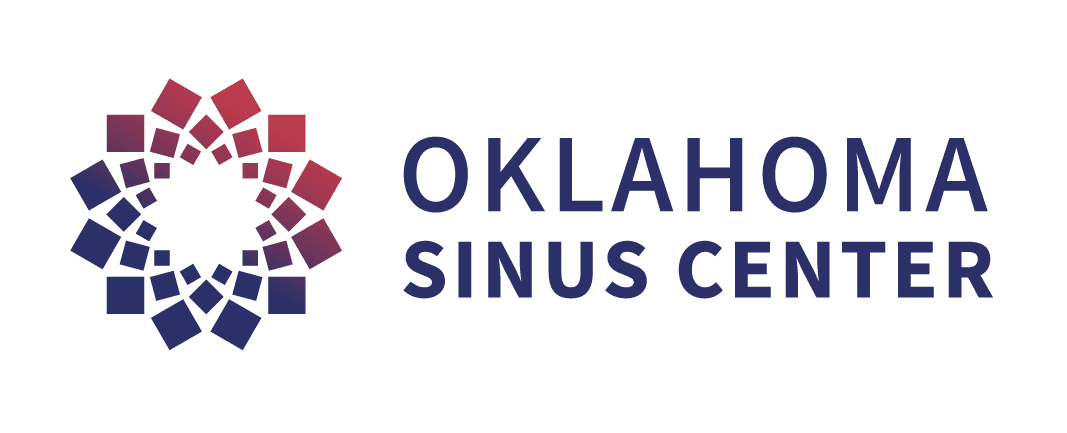Nasal Obstruction
Surgery
FOR THOSE THAT CAN’T BREATHe, RELIEF IS JUST A STEP AWAY
Nasal obstruction is one of the most common symptoms that individuals report to the Oklahoma Sinus Center. Obstruction can result from nasal injury during sporting events, seasonal allergy symptoms, sinus infectious problems, or can be a life-long problem related to nasal passage structural abnormalities.
When symptoms persist despite medical therapy, or when symptoms continue to relapse across the seasons, surgery can provide lasting and permanent relief from obstruction. You and your surgeon may consider various surgical procedures that offer distinct benefit for your symptoms.

What surgical options do I have for improving my breathing?
Surgery to relieve symptoms of nasal obstruction will often focus on two separate structures. First is the nasal septum. The nasal septum refers to the vertical divider between the two nasal passages, and between each nostril. This structure often leans one way, or the other, and can severely limit air flow through the nose. Nasal surgery may also address a second structure in the nasal passage, the nasal turbinate. These structures sit low in the nasal passage, and are responsible for regulating airflow. Turbinates can enlarge or contract to regulate airflow through each nasal passage. When planning surgery to relieve nasal obstruction, you and your surgeon may consider straightening the nasal septum, reducing the size of the nasal turbinates, or both.
Surgical procedures that you may want to consider for nasal obstruction:
- Nasal septal deviation repair
- Nasal turbinate reduction
- In-office balloon nasal dilation
- In-office nasal turbinate reduction
What should you expect
Traditional nasal surgeries require general anesthesia. Preparation for anesthesia is usually very simple, but may require a visit with your primary care physician. Surgery for nasal obstruction is often very brief, lasting from 15 minutes up to 1 hour. All individuals will return to home on the day of their surgery, admission to the hospital is unnecessary. Minimally invasive, in-office procedures often require much less preparation, and lead to a much faster recovery. Your surgeon may place nasal packing briefly to help stabilize the nose after surgery, and to improve long term results.
Recovery
Recovery can vary, depending on the type of surgery that you have selected. Balloon procedures may lead to a recovery lasting only one or two days, with little or no restriction in activity. Traditional types of surgery can lead to an extended recovery. Talk with your surgeon about the expectations for time away from work, follow up visits, and any restrictions from activity.
Watch this informative video to better help understand this minimally invasive procedure:
Are you considering surgical treatment options for nasal obstruction?
Contact Oklahoma Sinus Center today to schedule an evaluation.

